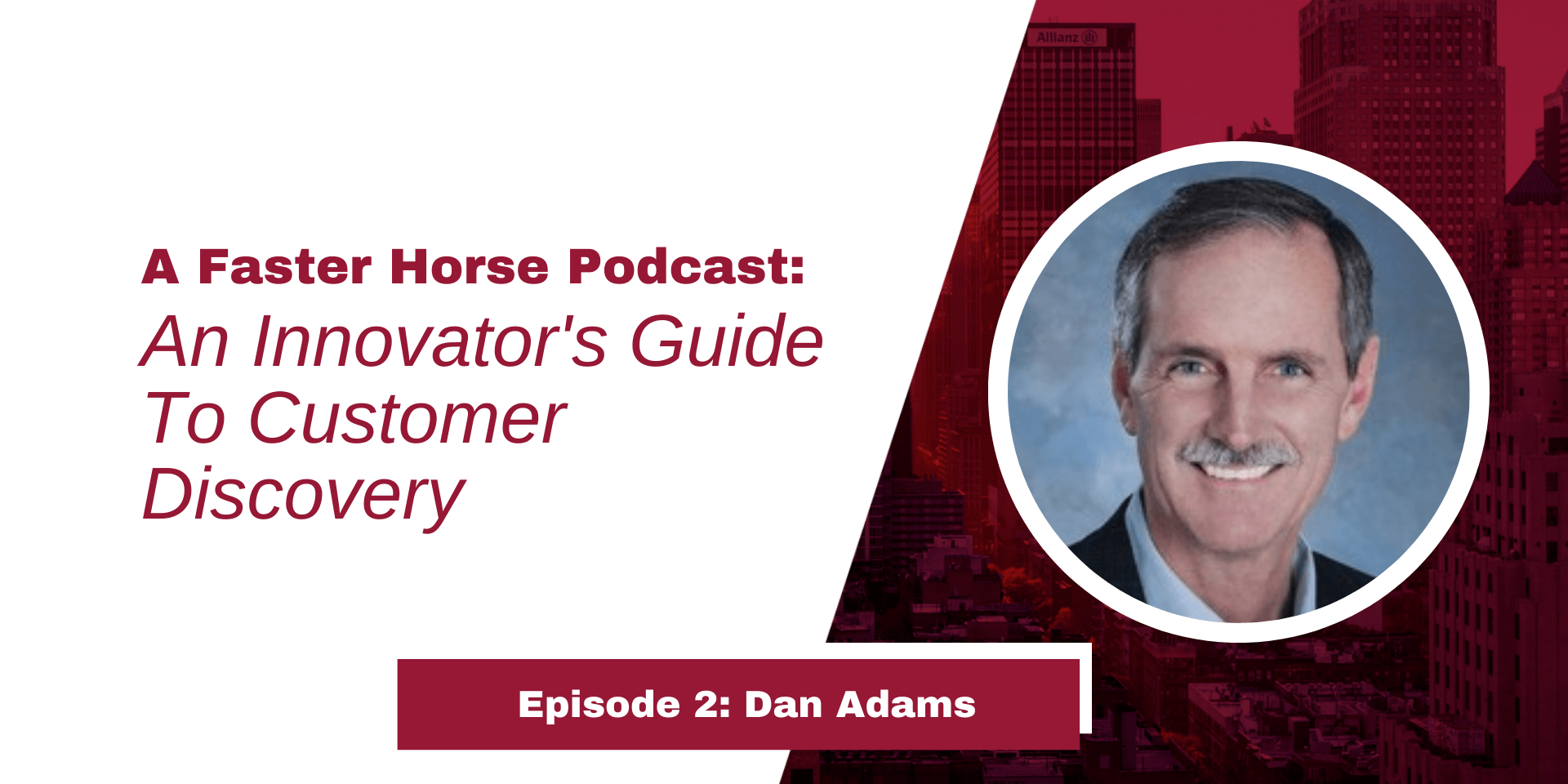Does this seem like terrible advice? Especially in our age of hyper-attention to quarterly results? But if you focus too much on business results, you’ll degrade them over time. Why? You must also focus on capabilities. Steven Covey cautioned us to balance P (production or “results”) with PC (productive capability). Sadly, many business leaders forget the “capabilities” part. One capability is understanding the needs of your customers… so you can develop better products… for better business results.
See The 7 Habits of Highly Effective People, by Steven Covey
Some business leaders fixate on the short-term out of fear: They are cowed by Wall Street analysts’ reaction to their quarterly results. But others pump up near-term results to fatten their bonuses… even if it means crippling their company’s future capacity to grow. This is leadership larceny… stealing from the business’s tomorrow to benefit the leader’s today. The first rule of leadership is this: “Leave your business stronger than you found it.”
More e-book, Leader’s Guide to B2B Organic Growth
Market Satisfaction Gaps (MSG) come from teams’ quantitative interviews, and are reliable evidence of which outcomes customer do—and do not—want “fixed.” When you require MSGs as the “admission ticket” for projects to enter the costly product development stage, 3 things go away: 1. Confusion (misunderstanding customer needs and their priorities), 2. Bias (altering customer needs to better fit our pre-conceived solutions), and 3. Filtering (cherry-picking customer needs to match those we hoped to hear.)
More in article, Market Satisfaction Gaps… your key to B2B organic growth
Dan Adams, President and Founder of The AIM Institute was interviewed by Steve La Chance on April 7, 2020 for the A Faster Horse Podcast. In the episode, Dan and Steve talk about the AIM Institute, how and why it was formed, the three phases of product development and how products are typically developed in ... Read More
Jeff Bezos believes this is a more important question than “What’s going to change in the next 10 years?” In the world of new product development, we find that customer outcomes—desired end results—tend to be more stable over time than supplier solutions. So instead of validating your solutions during customer interviews, seek to uncover and understand the most important, unmet customer outcomes. Then pursue these stable targets with your solutions.
More in video, New Product Blueprinting—the Future of B2B Innovation





